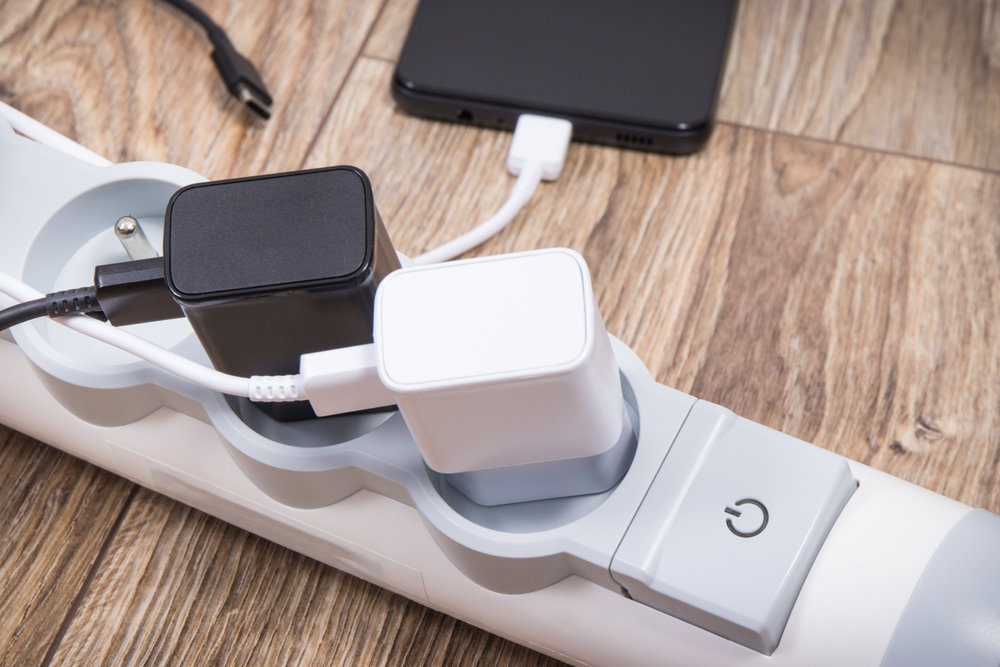Imagine strolling down a busy city street, phone in hand, expecting a critical call. Suddenly, to your shock, your device’s battery dwindles and fades into the black abyss. Then, like a lighthouse in the middle of a storm, you spot it – a mobile phone charger station, beaming brightly with its promises of recharge and restoration. But should you use it?
Although these kiosks have cropped up everywhere from shopping centers to airports, providing a lifeline for our seemingly indispensable gadgets, many tech users still feel unsure about their safety and efficiency. Are they the best way to keep your smartphone up and running?
This comprehensive guide aims to explore the world of mobile phone charger stations, shedding light on their convenience and potential perils. Join us as we unravel the promise, usability, safety, and reliability of these modern-day essential utilities.
The Rise of Mobile Phone Charger Stations – Why the Sudden Popularity?
As with everything else in our present high-paced world, the rate of smartphone use has exploded over the years. Nearly every adult, teenager, and a considerable number of children now own a smartphone. However, the increased use has inevitably inflated the demand for round-the-clock power reinforcement.
Therein stepped in mobile phone charger stations. Not just an ingenious solution for our ever-depleting smartphone batteries, these stations also began to serve as an essential necessity for public spaces like malls, airports, and libraries. They became an intrinsic societal help, saving us from many awkward and inconvenient phone crash moments.
However, the rise of these stations has sparked criticism and concerns, especially around their safety and performance. We’re here to help dispel some of those myths and lay out both sides of the coin for you.
The Convenience Factor – What Makes Charger Stations So Attractive?
Life runs on a fast track, and in the flurry and rush, keeping your devices powered seems daunting. Enter: mobile phone charging stations. Offering the promise of high-speed recharges in public places, these stations bring a solution to your door, ensuring your tech lifelines are never out of juice.
Unlike individual rented chargers or portable power banks that require charging ahead of time, these stations provide on-the-spot, immediate battery replenishment. Furthermore, they often offer multiple charging ports, catering to different models and makes of phones.
Charging stations are attractive because they provide an immediate fix to a modern dilemma – staying connected. But does their convenience mean they’re without cons?
Critiques and Concerns – What’s the Other Side of the Coin?
As appealing as their convenience is, it’s crucial to consider some potential pitfalls before surrendering your phone to these charging kiosks. Privacy and data security concerns top the list of criticisms.
While it’s a rare occurrence, some stations might be rigged with data-skimming devices. These “juice jacking” incidents involve cybercriminals installing malware in the charging stations that can then access users’ personal data from their smartphones.
Further adding to the scrutiny, are concerns about the efficiency and consistency of these stations. While some boast of lightning-fast charging speeds, others may put more of a strain on your patience than your battery.
Pros and Cons Explained – The Final Showdown
Undoubtedly, there’s an ebb and flow to using public charging stations. On the pro side, they offer a power solution in a pinch, versatile compatibility, and free use most times.
On the downside, potential data breaches, varying efficiency levels, and dependence on their availability tend to tip the scales in the other direction. However, many of these cons are minimal and can be protected against. For example, keeping pace with software updates can help combat the danger of data breaches. Also, setting realistic expectations regarding the efficiency of these chargers, knowing they might not perform like your home charger, can alleviate frustrations.
The Future of Mobile Charging – What Lies Ahead?
Consumer reliance on mobile devices shows no signs of waning. Thus, the demand for charging solutions remains high. As technology advances, we can expect mobile charging stations to become more refined, user-friendly, and safe.
New advances in solar-powered stations and wireless charging standards might even bring about a transformative shift in the public charging experience. As the eco-conscious movement gains momentum, solar charging stations are more desirable for both their renewable energy source and their robust power supply.
Conclusion: Do Mobile Phone Charging Stations Make the Cut?
Mobile phone charger stations, for all of their praise and criticism, do offer a convenient solution in a world that operates from dawn till dusk and well into the night, tethered to smart devices. However, their potential security risks call for user awareness and precaution.
A carefully considered approach to using these stations – such as updating your software and using your cables – can counter much of the downside. Charge station technology continues to evolve, and future innovations will surely address many of these concerns and make these kiosks a dependable resource in our tech-driven lives.
The essence is – that while charger stations provide a helping hand in dire moments, they should complement your charging routines rather than becoming the primary source. Happy charging!

